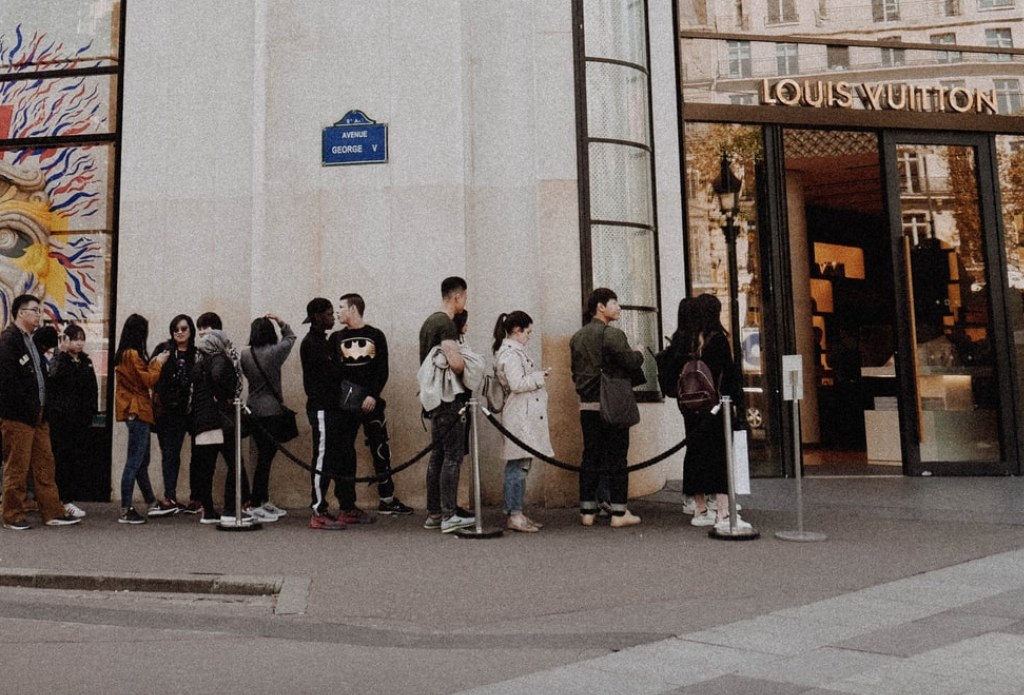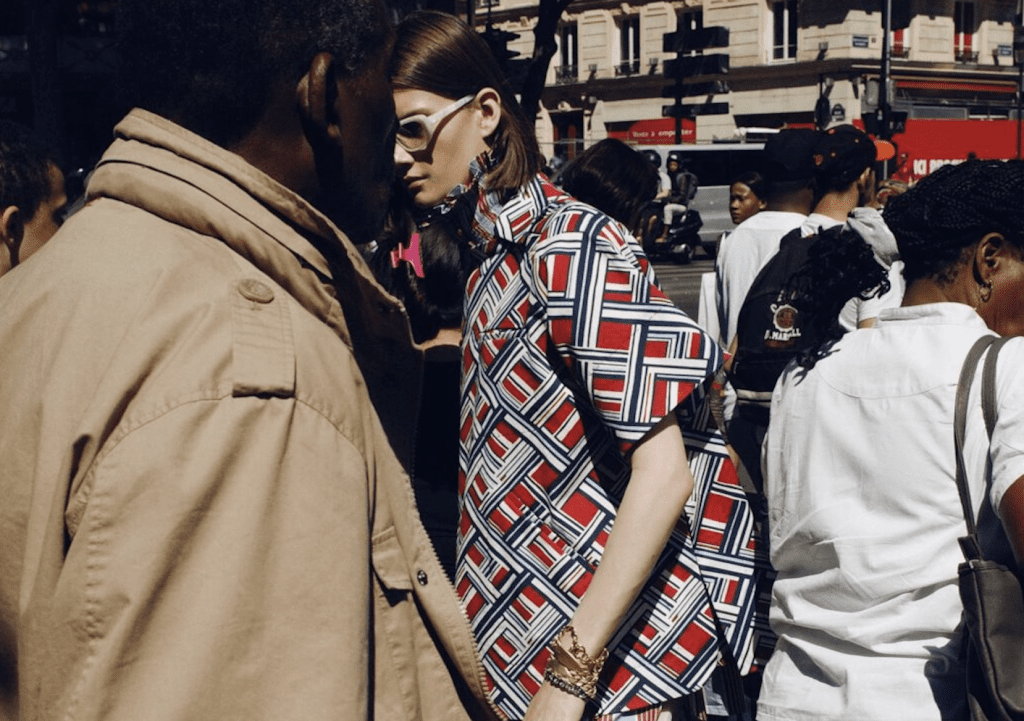The average median price of luxury goods in Mainland China is 60 to 75 percent higher than in Europe, while in the U.S., the median price is just 10 percent more than the European average. This is one of the things that Bernstein analyst Luca Solca found after looking at the median price for a like-for-like basket on a year-over-year basis (between January 2020 and January 2021), and the price increases across all products available on the websites of nearly 40 big-name luxury brands – from Balenciaga and Bottega Veneta to Gucci and Louis Vuitton – over the past five years to determine how brands are pricing their products across the globe and how that might impact consumer spending amid rebounds from COVID-induced sales slumps.
In furtherance of a deep dive into the geo-pricing tactics of major luxury goods brands, Solca states that an analysis of the pricing strategies of luxury goods brands – which he notes are impacted by “tariffs, distribution costs and brand positioning across markets,” among other things – reveals that Louis Vuitton, Prada and Moncler have been among the most aggressive “in terms of price increases in the past year, apparently making the most of their strong momentum.” Armani has similarly boosted prices, “as a result of [the company] incorporating adjacent lines like Armani Jeans and Armani Collezioni into the main collection and slowly elevating brand image as a result.” And at the same time, Ferragamo, Tod’s, and Valentino have also hiked price tags – albeit for a different reason, “possibly in an attempt to limit P&L damages, as muted organic growth and momentum metrics indicate.”
In addition to raising its average prices over the past year, Solca found that a number of companies, including Prada and Bottega Veneta further “took advantage of positive momentum” for their brands, and also boosted their “assortment offerings.”
Bottega Veneta and fellow Kering-owned brand Balenciaga have proven to be noteworthy in terms of pricing, namely, as a result of “an impressive upmarket move across geographies, combined with strong organic growth.” The group’s marquee brand Gucci has, however, “remained moderate in all analyses, confirming weakening momentum, per Solca, while “Burberry’s softness is highlighted by the fact they increased the median price of their online inventory an average of 20 percent across markets in the past five years but have failed to materially grow their top line on the back of that.” (Bernstein previously found that Burberry introduced a new pricing architecture for their bags in 2019 moving them above £1,400.)
China-focused publication SCMP reports that “Chanel increased the price of its small leather goods this spring, and is expected to do so again later this year, while Louis Vuitton introduced price hikes twice in 12 months on its small leather goods and handbags. The brand’s Onthego GM Monogram Canvas went up from US$2,690 to US$2,790, for instance – a 3 percent rise- while another of Louis Vuitton’s bestsellers, the Pochette Accessoires Monogram Canvas, went up a whopping 25 percent from $630 to $790.”
Not all brands are seeing price hikes across the board. Fendi, for instance, has moved towards “logo-heavy apparel,” thereby, “reducing its average price across certain markets like Japan and the USA.” And despite other instances of price increases, Moncler has added “accessories (e.g. caps, gloves) and footwear” to the mix, which has reduced its average price point as a result.
In terms of pricing strategies, the note points to a number of “distinct” approaches that are currently playing out – from brands setting prices lower on their home turf that in international markets (Marc Jacobs is the “most extreme” example of this, per Solca) to brands serving “different geographic constituencies with different products,” i.e., Louis Vuitton offering up its most expensive styles in precious skins and canvases in Asia. Beyond those examples, Solca asserts that brands with “a strong focus on apparel,” whose geographic price gaps have traditionally been “extreme,” with prices in China and Japan being “more than double the prices in Europe.” Solca claims that Valentino is a good example of this, with its prices increasing 2-fold in China compared to France; although, he says that Valentino has “been struggling to justify increasing prices for their products.”
And still yet, brands – such as Bottega Veneta, Celine and Tod’s – are moving towards “a global pricing standard, in a similar vein to what Chanel did” beginning in 2015 when it revealed it would harmonize prices for at least a few of its most iconic handbags, that is not the case across the board. “We believe this comes from a more uniform global assortment and a more concentrated consumer constituency,” per Solca, namely, “a prevailing Asian customer base for Bottega Veneta, Fendi, [and] Celine, and an overwhelmingly Italian customer base for Tod’s.”
In what might be the most telling takeaway from the note, some brands have pushed to raise prices over the past four years in China, with Balenciaga, Burberry, Tods, Loewe, and Louis Vuitton being the brands that have exhibited the greatest median price increases on the mainland, thereby, resulting in the sizable price differential between China and other markets. This is significant Solca says, as the 60 to 75 percent markup on luxury goods in China versus Europe could have implications for Chinese consumers when international travel resumes en masse. Most reports anticipate that luxury-happy Chinese consumers will cut down on their international travel-related consumption even in a post-COVID world, in part as a result of efforts by the Chinese government to ease various import and value-added taxes – which have been a notable driver of overseas spending in the past – and make luxury goods more attractive on the mainland.
For instance, as Bloomberg’s Andrea Felsted and Anjani Trivedi asserted in March, “With the government promoting a so-called ‘dual circulation’ policy, to generate demand and supply at home, consumer confidence is likely to stay strong.” As such, “even when Chinese shoppers can travel to Paris and Milan again, domestic spending will not revert to pre-pandemic levels.”
While the percentage of luxury goods acquired each year by Chinese consumers outside of the Chinese Mainland may not return to the previously-observed 60 percent figure, Solca expects that the “persistent high price gaps between China and Europe” is likely to get these coveted luxury buyers shopping abroad again, making for “a further growth spurt – on the back of price elasticity – once Chinese consumers are allowed to travel again internationally.” As for when that can be expected, he asserts that it might be a while off – and in 2023 or 2024, making this an “extended play” scenario.











